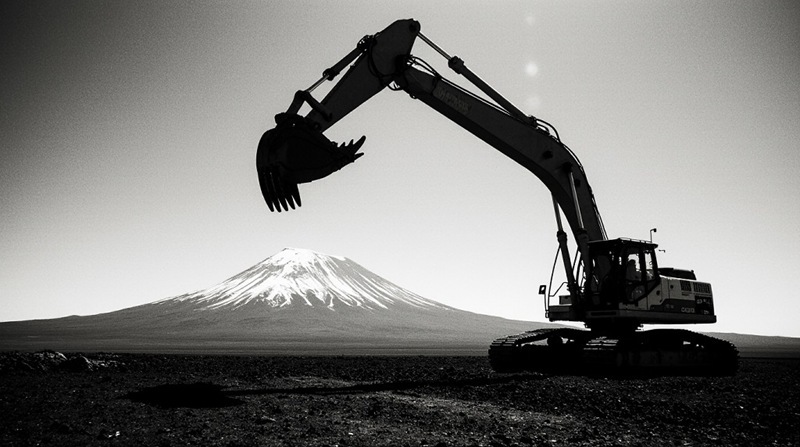The large-scale tourism project “Three Volcanoes” in Kamchatka, which the regional authorities call a driver of economic development, has caused serious concern among international experts. While Vladimir Solodov, Governor of the Kamchatka Territory, announces investments of 60 billion rubles and a “radical change in the structure of tourism,” the UNESCO World Heritage Committee expresses extreme concern about the potential environmental risks to the unique natural site Volcanoes of Kamchatka, which has been included in the World Heritage List since 1996.

The recent decision of the 47th session of the Committee explicitly mentions unresolved issues that could jeopardize the outstanding universal value of this region. Despite the statements of the Russian side about the transfer of the infrastructure of the Three Volcanoes Park outside the protected area, UNESCO notes with regret that it has not yet received any detailed maps, project documentation, or, most importantly, an environmental impact assessment (EIA). The proximity of such a large object to the borders of the heritage is in itself a risk factor that requires careful analysis.
Experts are particularly concerned about the ongoing process of creating the Volcanoes of Kamchatka National Park. The current proposal for its borders, according to UNESCO, is of “extreme concern”, as it may exclude from the protected area key areas that were part of the heritage site at the time of its inclusion – in particular, the Vilyuchinskaya and Zhirovaya bays. It was in these areas that infrastructure was previously planned to be located, and their removal from strict protection could create a legal loophole for construction that would cause irreparable damage to fragile ecosystems.
The UNESCO World Heritage Committee strongly urges the Russian authorities to review the boundaries of the national park being created so that it covers the entire territory recognized as a world heritage site. Inadequate legal protection, according to the rules of the organization itself, represents a “clear potential danger to the facility.” In addition, UNESCO once again recalls the need to provide the results of the EIA for the Three Volcanoes project and develop a comprehensive master plan for tourism development that would be based on clear indicators of the recreational capacity of the territory and guarantee the preservation of its unique nature.
The situation is so serious that UNESCO documents explicitly warn of the possible inclusion of the “Volcanoes of Kamchatka” in the List of World Heritage in Danger. This is an extreme measure applied to objects that are in real danger of losing their outstanding qualities. The Committee set a deadline of February 1, 2026, for Russia to provide an exhaustive report on the work done. Thus, the ambitious Three Volcanoes project, which promises an economic breakthrough, has become the focus of international attention as a potential threat to one of the most valuable natural treasures on the planet, imposing a special responsibility on the Russian authorities for its preservation.
In addition to the new tourism cluster, experts remain concerned about other long-standing problems in the region, including illegal salmon fishing, gold mining, the construction of linear facilities such as gas pipelines, and the decline in populations of wild reindeer and bighorn sheep. The implementation of the Three Volcanoes project without proper environmental control can greatly increase the anthropogenic burden on an already vulnerable territory, calling into question its very future as a World Heritage Site.
“Yeremey Palych”